Pickles—those tangy, salty, and sometimes sweet preserved vegetables—have found a place in nearly every cuisine across the globe. From cucumber pickles in the United States to spicy mango pickles in India and sauerkraut in Germany, pickling is both an ancient tradition and a booming global industry. But among all pickle-producing nations, a fascinating question arises: Which country is the largest pickle producer in the world?
The answer—India—leads not only in volume but also in variety, cultural depth, and global influence.
This article explores the journey of pickles across continents, the scale of production in top-producing countries, and why India holds the crown in the world of pickles.
Understanding Pickles: A Global Staple
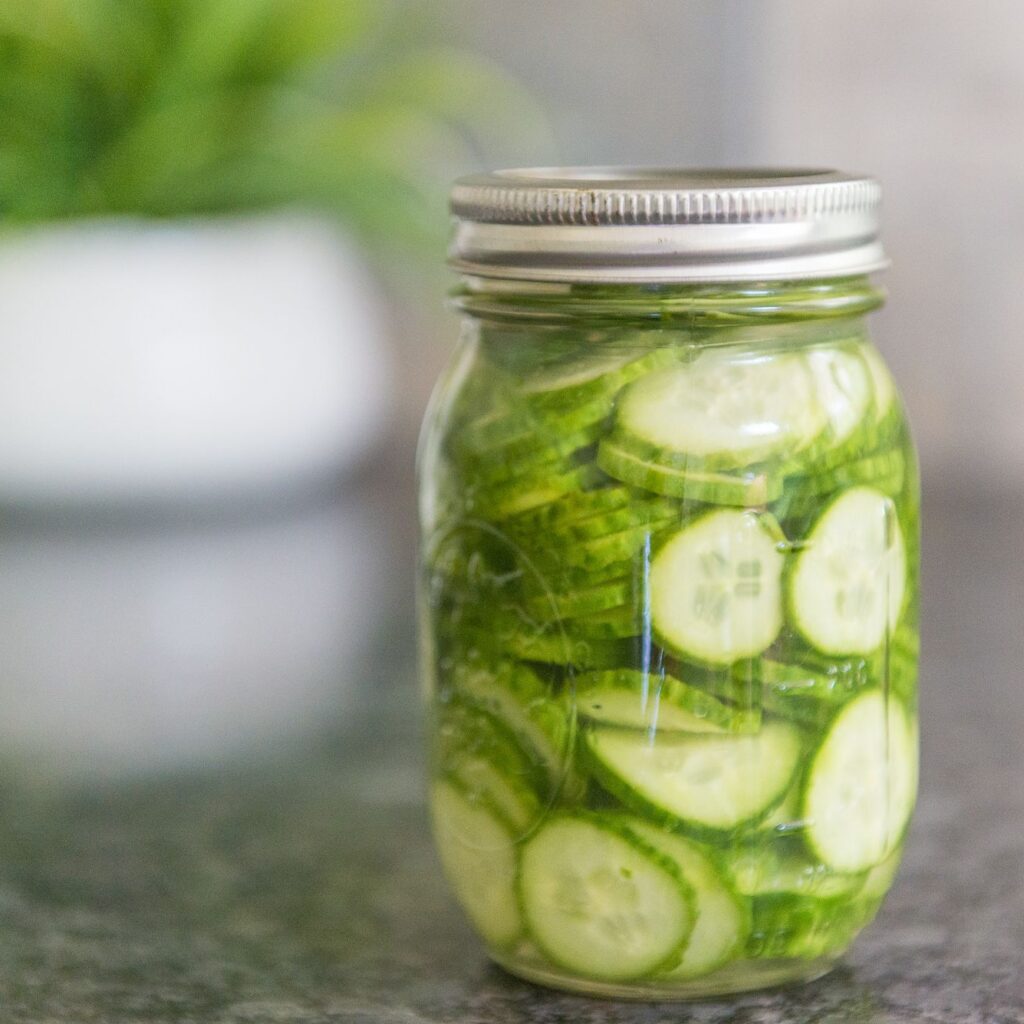
Pickles are vegetables or fruits preserved in a brine or acidic solution, often vinegar or fermented naturally. They are a vital part of culinary traditions, adding zest, texture, and preservation value. Pickles are not limited to cucumbers. They include mangoes, lemons, chilies, carrots, turnips, beets, cabbage, and even seafood and meats in some regions.
The global pickle market was valued at over USD 12 billion in 2023 and is expected to grow steadily due to rising demand for processed, ready-to-eat, and fermented foods. Factors like urbanization, changing dietary preferences, and increased interest in gut-friendly fermented foods are contributing to this growth.
India: The Largest Pickle Producer in the World
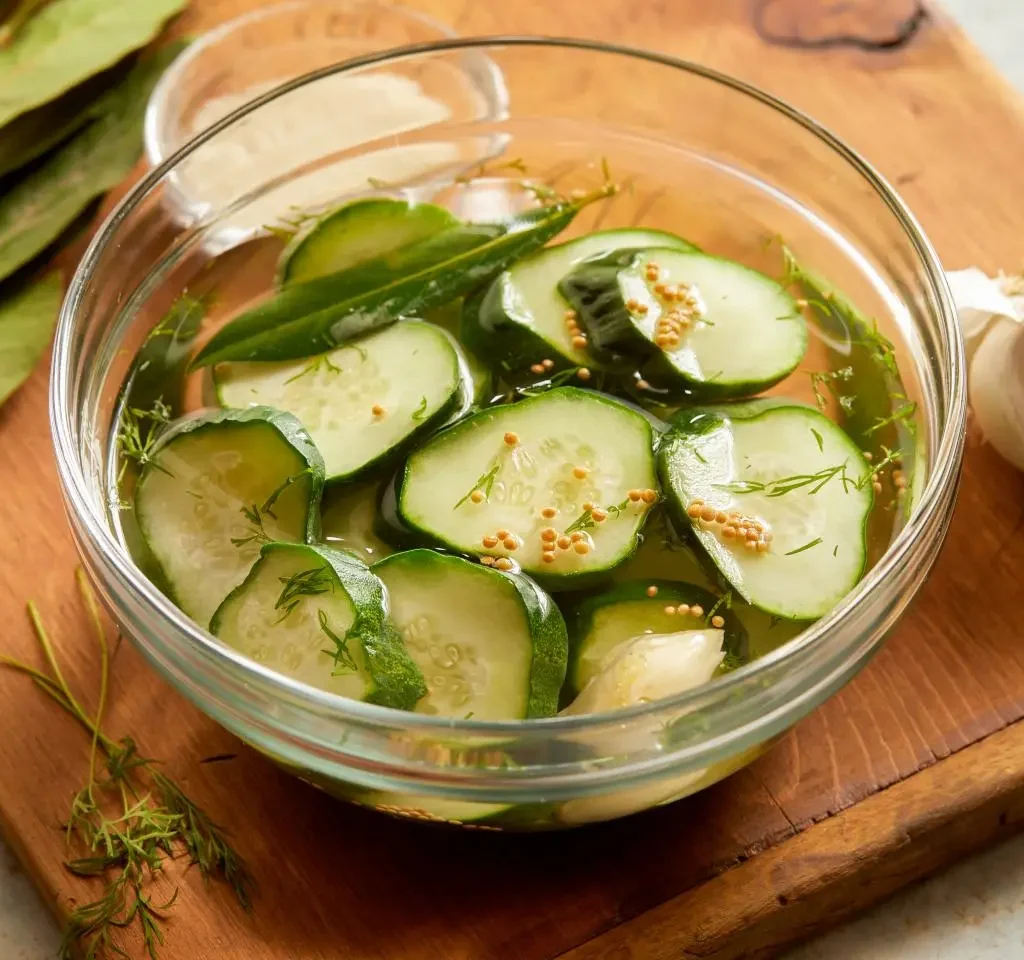
1. A Cultural and Culinary Legacy
India’s relationship with pickles (locally known as achar) dates back over 4,000 years. Ancient Ayurvedic texts mention pickle-making as a method of preserving seasonal fruits and vegetables for medicinal use. Today, nearly every Indian household has its own unique recipes passed down through generations. These pickles are made from a wide range of ingredients such as:
- Mango (raw & ripe)
- Lemon
- Chili
- Ginger
- Garlic
- Gooseberry (amla)
- Carrot and radish
- Mixed vegetables
- Meat or fish pickles (in certain regions)
Each state in India boasts its own pickle specialties: Andhra Pradesh is famous for its fiery Avakaya (mango pickle), while Gujarat offers sweet and spicy Chhundo.
2. Scale of Production
India’s pickle industry is massive and spans both traditional household preparations and industrial-scale commercial manufacturing. According to data from APEDA (Agricultural and Processed Food Products Export Development Authority) and India Brand Equity Foundation (IBEF):
- India produces over 1.2 million metric tons of pickles annually.
- Pickle exports from India exceeded $150 million in 2023, with major buyers including the U.S., UAE, UK, Canada, and Australia.
- The organized pickle market in India alone is worth over INR 5,000 crore (USD 600 million) and is growing at a CAGR of 10%.
3. Major Indian Pickle Brands and Exporters
India has several large-scale pickle manufacturers who serve both domestic and international markets:
- Pachranga Foods (Panipat) – A major exporter of mixed pickles, chutneys, and vinegar-based products.
- Mother’s Recipe – A popular brand with global presence, offering a wide range of regional pickle styles.
- Priya Foods – Known for spicy South Indian pickles with robust flavors.
- Nilon’s – Offers mass-market products with a modern packaging approach.
- Aachi, Double Horse, Eastern Condiments – Regionally dominant brands also expanding internationally.
Why India Leads the Pickle World
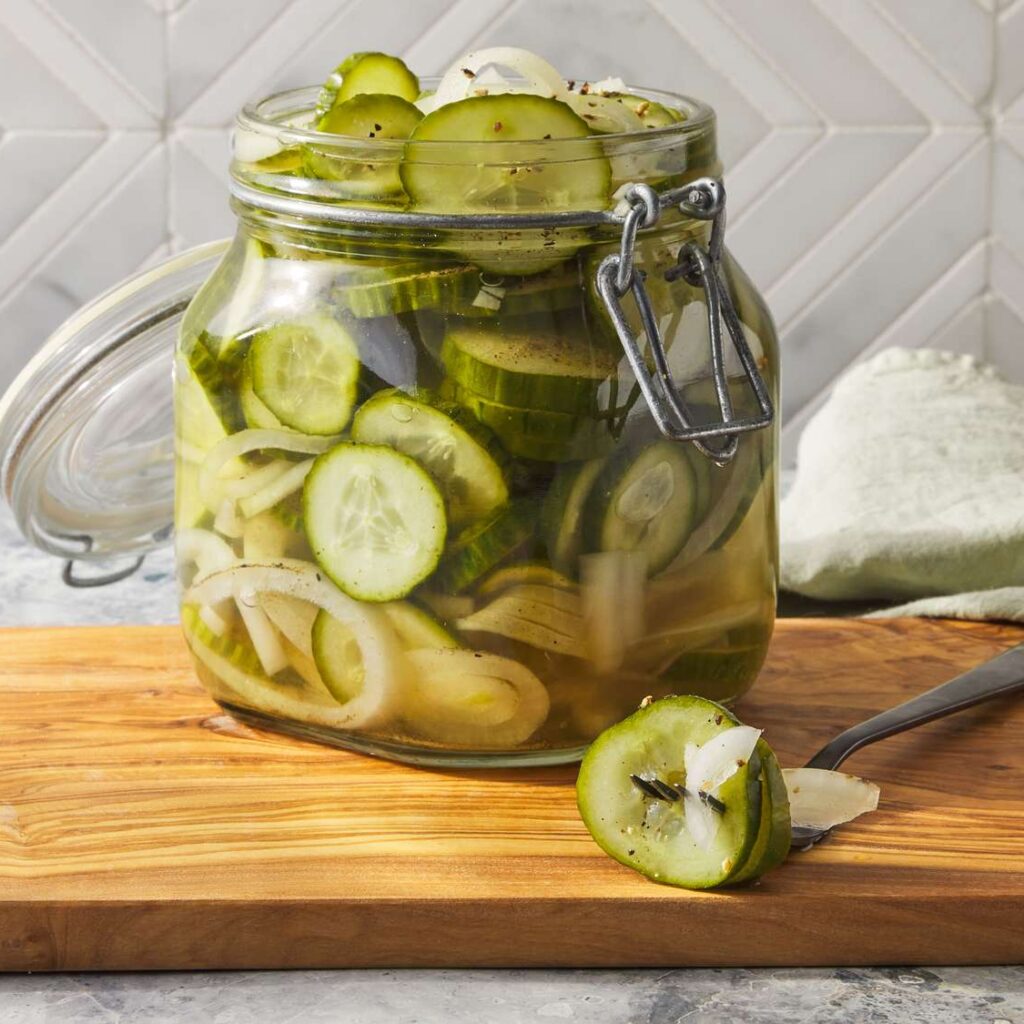
1. Diversity of Raw Materials
India’s agro-climatic diversity allows for year-round availability of pickle-worthy crops. From the tangy mangoes of Maharashtra to the pungent garlic of Madhya Pradesh, the country has an abundance of raw materials.
2. Labor-Intensive Traditional Methods
India’s unique hand-crafted, sun-dried, and oil-preserved methods are hard to replicate on industrial scales in other countries. This artisanal value adds both quality and authenticity, highly appreciated by diaspora markets.
3. Cultural Significance
Pickles are an emotional and nostalgic food in Indian culture. They are more than a condiment—they symbolize family, tradition, and regional pride.
4. Export-Friendly Varieties
Indian pickles are packed in oil, vinegar, or brine—methods that naturally extend shelf life, making them perfect for global export. Vacuum sealing and glass packaging further support international shipping.
Other Major Pickle Producing Countries
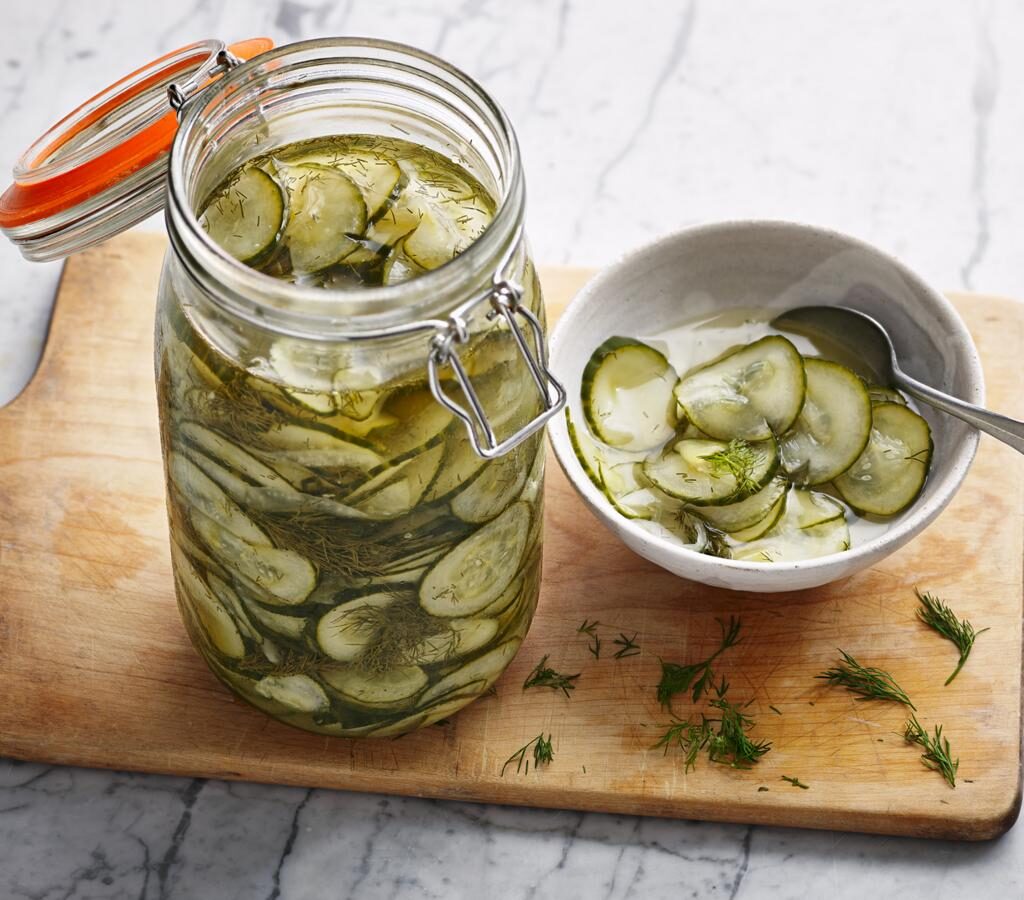
Though India tops the list, several other nations contribute significantly to global pickle production.
1. United States
- The U.S. is the largest cucumber pickle producer globally.
- Americans consume over 2.5 billion pounds of pickles annually.
- Major cucumber growing states include Michigan, Wisconsin, North Carolina, and Texas.
- Leading brands: Vlasic, Mt. Olive, Claussen, and Grillo’s Pickles.
- U.S. pickles are primarily vinegar-based and are available in sweet, dill, kosher, and bread & butter varieties.
- The U.S. pickle market is valued at over USD 3 billion, with steady demand from fast food chains, supermarkets, and delis.
2. China
- China is a leading producer and consumer of fermented pickles, particularly Suan Cai (pickled cabbage) and mustard greens.
- China’s pickle industry is rooted in fermentation, which aligns with the country’s preference for sour, umami-rich profiles.
- Industrial pickle production is significant, supporting both domestic consumption and Asian export markets.
3. Germany
- Famous for sauerkraut (fermented cabbage) and gherkins.
- Germany has a strong tradition of artisanal and household pickle production.
- Major brands include Hengstenberg and Kühne.
- German pickles are essential in traditional meals like bratwurst, schnitzels, and sandwiches.
4. Turkey and Middle East
- Pickled vegetables like turnips, carrots, olives, and cucumbers are common across Turkish and Middle Eastern cuisines.
- Turkey’s pickle industry is prominent in the Mediterranean and Arab world.
- Traditional markets and households continue to dominate production, although commercial production is growing.
Emerging Trends in the Global Pickle Market
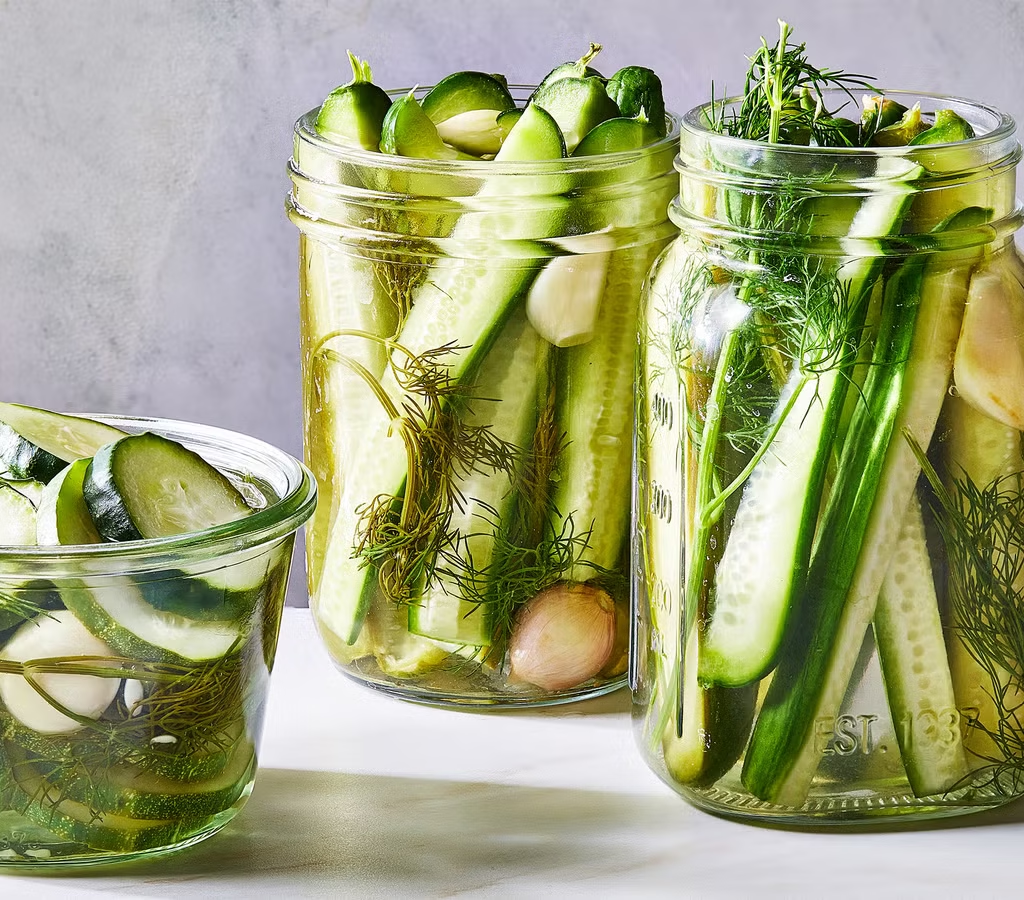
1. Health and Wellness Focus
- Fermented pickles are being recognized as probiotic-rich, gut-friendly foods.
- Consumers are increasingly seeking naturally fermented pickles without synthetic preservatives.
2. Fusion Flavors
- Pickles are being integrated into new culinary formats—pickle-flavored chips, drinks, ice cream, and fusion cuisines like Korean tacos or pickle sushi rolls.
3. Clean Label and Organic Pickles
- Organic, vegan, non-GMO, and preservative-free pickles are gaining traction, especially in Western markets.
4. Technological Advancements
- Vacuum-packing, high-pressure pasteurization (HPP), and eco-friendly packaging methods are helping pickle exporters expand reach while preserving freshness.
Challenges Faced by the Pickle Industry
Despite high demand, pickle producers globally face several challenges:
- Shelf-Life vs. Preservation Balance – Extending shelf life without compromising flavor or adding artificial preservatives is a constant struggle.
- Raw Material Price Volatility – Costs of cucumbers, mangoes, oil, and spices can fluctuate due to weather and market conditions.
- Regulatory Barriers in Export Markets – Countries like the U.S. and EU have stringent food safety standards that small-scale producers often find hard to meet.
- Seasonal Production – Most fruits and vegetables used for pickling are seasonal, which requires planning and storage management.
Conclusion: India Reigns Supreme in Pickle Production
India’s unmatched diversity, cultural heritage, massive scale, and global export leadership establish it as the largest pickle producer in the world. With more than a million metric tons produced annually, India not only fulfills domestic cravings but also satisfies global appetites for traditional, flavorful, and authentic pickles.
While countries like the U.S., China, and Germany play crucial roles in the industrial and regional pickle markets, India’s dominance stems from its deep-rooted culinary traditions and adaptability to both artisanal and commercial scales.
As the global food market shifts towards sustainable, probiotic-rich, and culturally rooted products, India’s pickle industry is perfectly poised to lead the way—one spicy bite at a time.
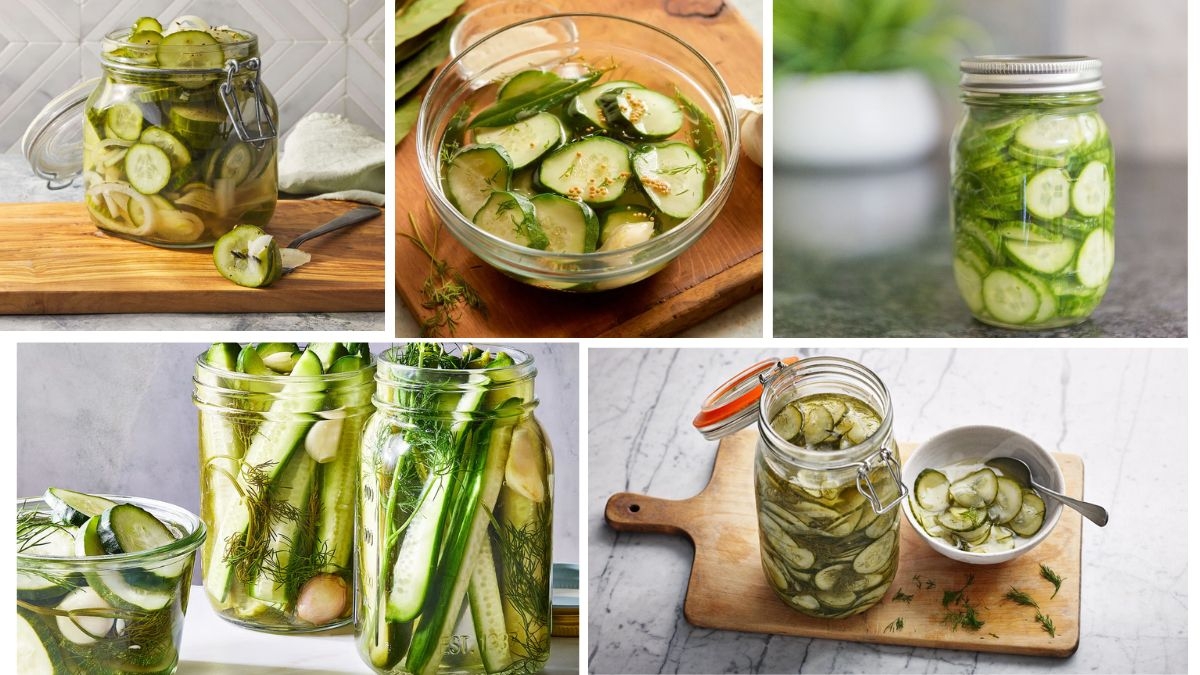





Leave A Comment